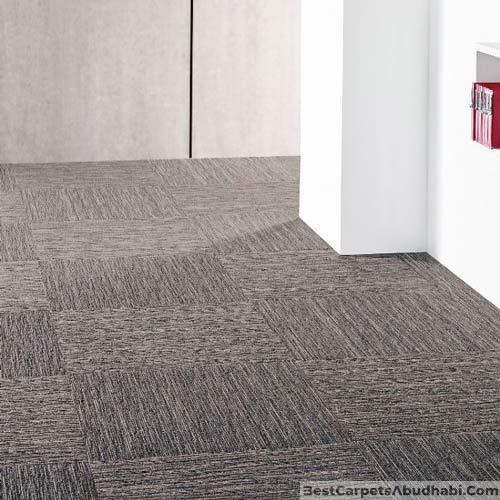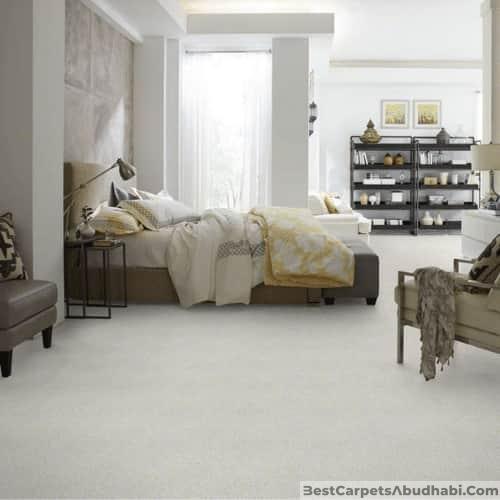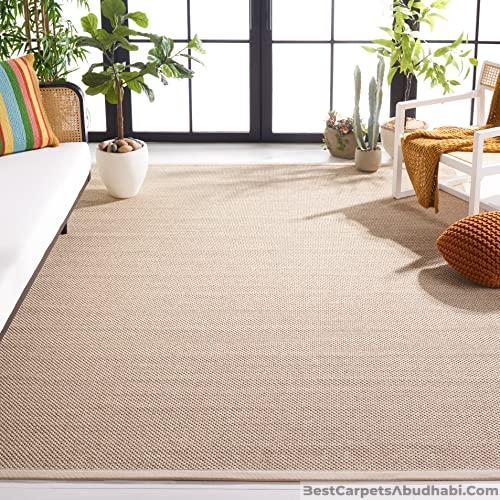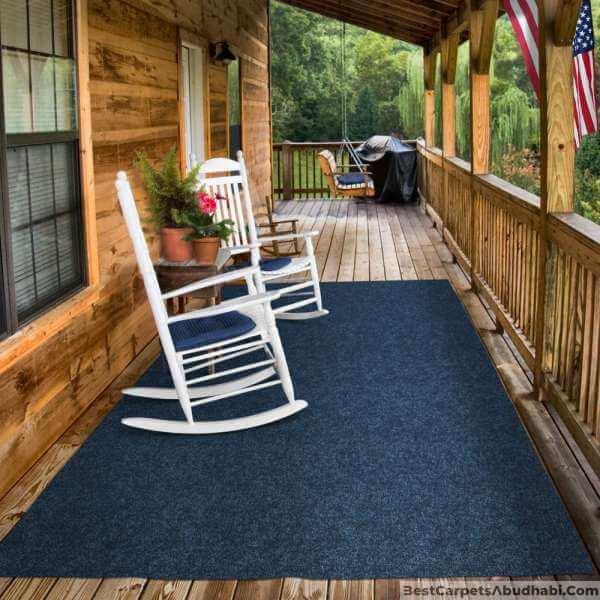Carpets to Suit Your Style, Budget, and Lifestyle
The Cambridge Dictionary defines a Carpet as “a shaped piece of thick material used for covering floors.” But Carpets are more than just that. They are a part of your home and add a touch of familiarity. Carpets can also be used for commercial places like offices, shopping malls, etc. Apart from having several benefits, Carpets can effortlessly contribute to your aesthetic.
Types of Carpets
Carpets can be classified into various types, depending on:
- Where they are used: Mosque Carpets, Outdoor Carpets, Office Carpets, Office Carpet Tiles, Exhibition Carpets, Stair Carpets, etc., would be some examples.
- What they are made of: Carpets can be made from different materials: Natural fibres such as Sisal, Wool, Cotton, Silk, Seagrass, or Non-natural materials such as Polyester, Nylon, Polypropylene, and Carpets made of Acrylic Fibres, Olefin Fibres or other Synthetic Fibres.
- How they are made:
Carpets can be manufactured in different Styles:
- With regards to the texture of the Carpet: Plush, Frieze, Cable, Berber, Cut Pile, and Loop Pile Carpets are the types of carpets.
- With regards to the construction of the Carpet: Handloom, Hand Tufted, Hand Knotted, Flatweave, Hooked, Braided, and Machine-made Carpets.
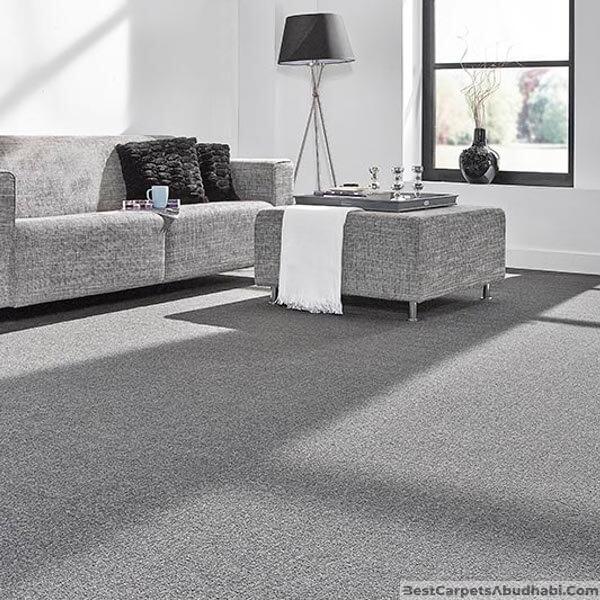
Types of Carpets based on their Construction
Handloom Carpets
Hand-Knotted Carpets that come in three different styles comprise Handloom Carpets. An alternation of knots and wefts, the knots are often wrapped around the warps. What makes them popular is their pocket-friendly pricing and ease of maintenance.
Hand Tufted Carpets
They are a combination of machine and hand labour. A tufting gun is used to inject yarn into a backing with a design. A weaver then places a scrim, another piece of material, on top of the carpet and uses latex glue to keep the fibres intact. The loops of the carpet are then sheared.
Hand-Knotted Carpets
Made by knitting wool strands around a vertical loom, thousands of knots are tied on top of one over the other, thus forming intricate designs. They are entirely handmade, and hence no two Hand-Knotted Carpets can look alike.
Flatweave Carpets
They are crafted on a loom by interweaving the warp and weft. Since Flatweave Carpets don’t have a pile, they don’t shed. They are pretty thin and so considered exquisite. One unique characteristic of Flatweave Carpets is that they are reversible: either side can be used to face up!
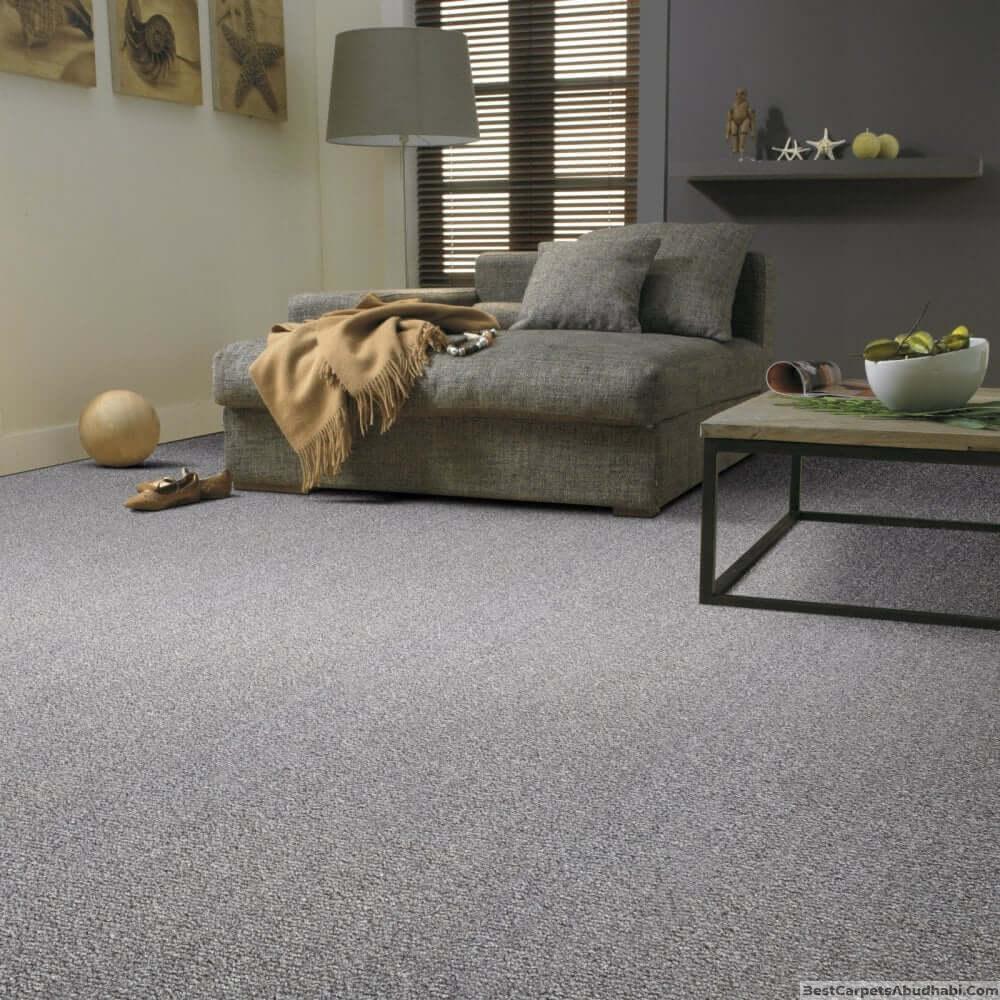
Hooked Carpets
Handmade using a tool that works like a needle, Hooked Carpets are woven onto a canvas with a backing that acts as a support structure for the design to stay put together.
Braided Carpets
Braided Carpets are made by pieces of fabric strips being tied together. The thickness of these carpets may differ according to the nature of the fabric used, like cotton, wool, etc. Just like Flatweave Carpets, they are reversible too!
Machine-made Carpets
Machine-made Carpets are made by running powered looms on electronic computers, which follow a sequence-wise format for developing the carpet. Since heavy electrical machines are used, purely natural carpets will prove too weak. Hence, a blend of natural and synthetic fibres is used to make carpets. Because they’re machine-made, carpets are produced quickly.
Why Best Carpets Abu Dhabi?
The process of choosing carpets is very intricate and careful. Based on the setting and purpose, they can be preferred in various combinations based on colour, size, pattern, weave, construction, and materials. At Best Carpets Abu Dhabi, we assure you of the highest quality and a need-catered collection!

